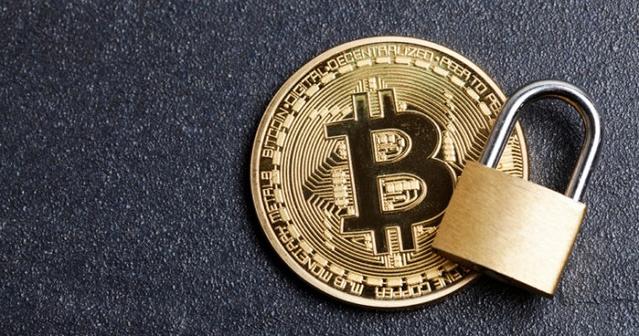|
|
Okay, so I need to figure out what an amulet is. Let me start by recalling any prior knowledge. I think an amulet is some kind of object that people carry or wear for protection or good luck. Maybe like a pendant or a charm? I've heard of people wearing them in different cultures, like in ancient Egypt or maybe in some modern contexts too.
Wait, but how is it different from a talisman? I remember someone mentioning that a talisman is created with specific rituals, while an amulet is more about carrying something believed to bring protection. Or maybe that's not right. Maybe they're similar but used in different ways. I should check that.
Also, materials. What do amulets usually be made of? I think metals like silver or gold are common, but maybe also stones, wood, or even fabric. There's that Egyptian amulet with the eye of Horus, right? That's a stone or metal pendant. Then there are things like the Hamsa hand, which I've seen in jewelry too. So it's not just one type.
Cultural significance varies. In some religions, like Islam, carrying a Hamsa hand is common for protection. In Hinduism, maybe something like a rudraksha bead? And in ancient Greece, they had the talisman of the Fates, which was a coin with a specific symbol. So different cultures have different amulets.
Modern usage—people might buy amulets from stores or online, believing they can bring luck or protect against bad luck. Some sports teams have symbols or charms that players wear. Maybe even in fashion, like wearing a specific pendant as a style statement, even if not for protection.
But what's the origin of the word? Let me think. The word "amulet" comes from Latin "amulturn" or "amulere," which means to allay or soothe. That makes sense because they are meant to protect or ease worries. The root might be connected to the Latin word for "to protect."

Are there any famous historical examples? The Egyptian Eye of Horus amulet is definitely one. Then there's the Cross of St. George in England, which might have been used as an amulet for protection. Also, in ancient China, they used talismans and amulets for various purposes, like healing or attracting wealth.
Scientific perspective—there's no evidence that amulets work physically, but they can have psychological benefits, making people feel more secure or confident. That's similar to the placebo effect. But in many cultures, their effectiveness is believed due to spiritual or magical properties.
How are they made? Some are hand-carved, others mass-produced. Some cultures have specific rituals for creating them, like inscribing symbols or using certain materials. For example, in Voodoo, they might use animal parts or herbs bound together in a pouch.
Are there any negative connotations? Maybe if someone uses an amulet for the wrong purpose, or if it's associated with a harmful practice. Also, in some contexts, carrying certain amulets might be seen as superstitious or unscientific, leading to criticism from others.
So, to sum up, an amulet is a protective or lucky object carried or worn, with varying cultural significance, materials, and purposes. It's different from a talisman in that the latter might be more about invoking divine protection through specific rituals, while amulets are about carrying something believed to offer protection. The word origin relates to soothing or protecting, and they can be found across many cultures and time periods, both historically and in modern times. Their effectiveness is often a matter of belief, but they can have psychological benefits.
An amulet is a protective or幸运 object carried, worn, or displayed, believed to bring good fortune, ward off evil, or provide spiritual support. Here's a detailed overview:
Key Characteristics:
Purpose:
Protection: From harm, illness, or misfortune.
Good Luck: Enhancing success in endeavors.
Spiritual Support: Connecting with deities or spiritual forces.
Cultural Significance:
Ancient Egypt: The "Eye of Horus" (wadjet) protected against灾祸.
Hinduism: Rudraksha beads (seeds) for meditation and protection.
Islam: Hamsa hand symbolizes divine protection.
Greece/Rome: Talismans like the "Fates' Coin" ( coin with a specific design).
Voodoo: Pouches with herbs/animal parts for spiritual aid.
Materials:
Metals (silver, gold), stones (lapis lazuli, turquoise), wood, fabric, or shells.
Designs:
Symbolic figures (e.g., deities, constellations), geometric patterns, or inscriptions (e.g., Sanskrit mantras).
Amulet vs. Talisman:
Amulet: Focuses on carrying/wearing an object believed to offer passive protection.
Talisman: Created through rituals to invoke active divine intervention.
Historical & Modern Examples:
Historical: Cross of St. George (England), Chinese healing talismans.
Modern: Sports charms, fashion jewelry (e.g., "good luck" pendants), or online purchases.
Word Origin:
From Latin amulturn ("to soothe" or "allay"), reflecting their role in easing anxiety.
Psychological Impact:
Placebo Effect: Enhances confidence or reduces stress through belief.
Cultural Identity: Fosters connection to heritage or community.
Controversies:
Superstition Criticism: Viewed as unscientific by some.
Ethical Concerns: Misuse or association with harmful practices.
Conclusion:
Amulets serve as cultural artifacts and personal tools, blending symbolism, spirituality, and psychology. Their efficacy lies in belief, yet they persist as meaningful elements across diverse traditions and eras.
|
|